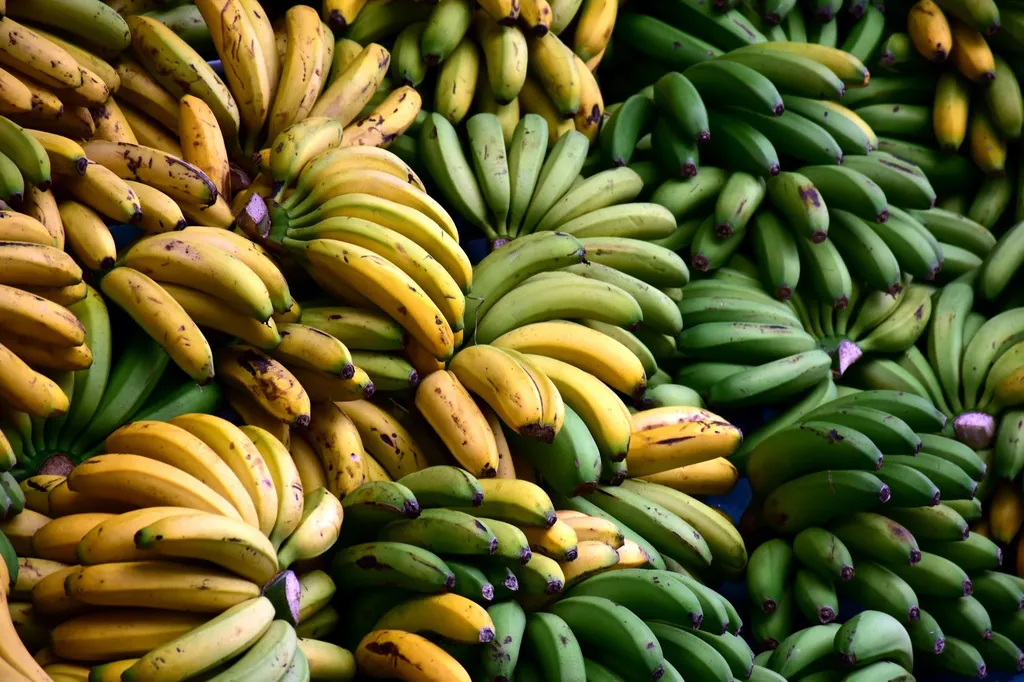In the heart of Bangladesh, researchers are turning agricultural waste into high-performance materials, potentially revolutionizing the automotive and energy sectors. Md Abdul Based, a lead author from the Department of Yarn Engineering at Rangpur Textile Engineering College, and his team have developed a novel method for extracting banana fiber and creating hybrid composite materials that could change the game for manufacturers looking for sustainable, strong, and durable alternatives to synthetic fibers.
The process is as simple as it is ingenious. “We wanted to create a method that didn’t rely on heavy machinery or harsh chemicals,” says Based. “The beauty of this process is its simplicity and sustainability. We’re taking something that would otherwise be discarded and turning it into a high-value material.” The team manually extracts fibers from banana trees after harvest, then combines them with jute, carbon, and glass fibers to create composite materials with impressive mechanical properties.
The results speak for themselves. The composite material dubbed S2, a blend of carbon fabric, jute and banana blended yarn, and glass mat, exhibited the highest tensile and flexural strengths at 289 MPa and 294 MPa, respectively. While its impact strength was lower than the other samples, the overall performance suggests a promising future for these hybrid composites in various engineering applications, particularly in the automotive industry.
The implications for the energy sector are equally compelling. As the world shifts towards renewable energy, the demand for lightweight, durable materials for wind turbine blades and other components is growing. These banana fiber-reinforced composites could offer a sustainable and cost-effective solution, reducing our reliance on synthetic materials and decreasing waste.
Published in the journal ‘Results in Materials’ (which translates to ‘Materials Research Results’ in English), this research opens up new avenues for exploration in the field of natural fiber composites. The team’s innovative approach to fiber extraction and composite manufacturing could inspire further developments, driving the industry towards a more sustainable future.
As we grapple with the challenges of climate change and resource depletion, research like this offers a beacon of hope. By turning agricultural waste into high-performance materials, we can reduce our environmental impact and create a more circular economy. The journey from banana tree to high-tech composite is just beginning, and the potential is as vast as it is exciting.

